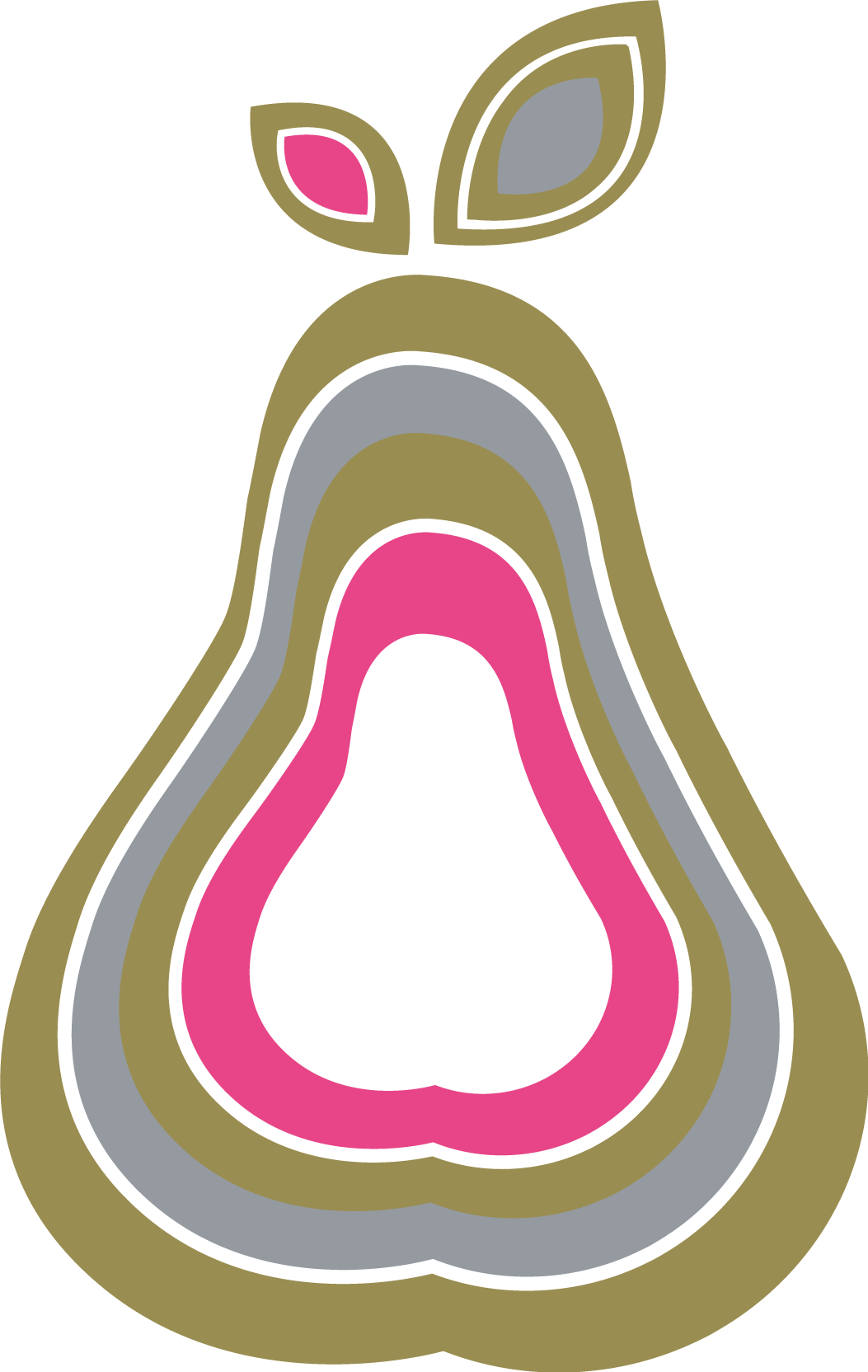A parents guide to Nature Play
NATURE PLAY
Nature play is the ultimate in free play. Unmediated by toys or adult created environments, children find everything they need to learn and play. A stick can be a magic wand, a tool for digging, a home for bugs, or simply a stick. A tree can be a world to explore, a climbing frame, a house. Nature is the perfect place for imagination, exploration, and physical play. Children will learn confidence in themselves, resourcefulness, and love for nature and the world around them. Research shows that nature play fosters: self-confidence - problem solving - creativity through imagination - independence - a responsible attitude toward risk - respect and awareness for the environment – being calmer and happier.
TREES AND PLANTS
Provide opportunities for climbing, hiding under, taking shelter, touching, tasting
and harvesting food.
Benefits:
Soothing and calming with mental
health benefits
Encourages curiosity and knowledge about the natural world Awareness of sustenance and sustainability
Facilitates a connection to nature and a love of the earth
Physical and psychological benefits of climbing and jumping
WATER
Provides opportunities for paddling, swimming, wading, throwing things in, floating, splashing, containing, channelling, transporting, watching and listening.
Benefits:
Sensory rich – hear, touch, smell,
taste, see
Soothing and relaxing
Play with others builds social skills Helps children learn to assess risk Explores mathematics and science concepts (volumes and solutions)
LONG GRASS AND WILD AREAS
Provide opportunities for hiding, crawling, and sensory and imaginative play.
Benefits:
Encourages rolling, crawling and other vestibular activities
Gives children the sense of being alone
Encourages bravery
Provides a sensory rich environment: the way it feels, looks, smells, sounds.
Develops an awareness of seasonal change
INSECTS, BIRDS, AND AQUATIC LIFE
Encouraging fauna provides opportunities for observing, questioning, thinking and exploring the local environment.
Benefits:
Fosters empathy and respect for
other life forms
Helps us to understand habitat and life cycles
Nurtures environmental stewardship (kaitiakitanga) Enables children to learn about biology
NATURAL LOOSE PARTS
Sticks, branches, pine cones, seed pods, stones etc provide opportunities for observing, classifying, counting, describing, stacking, constructing, imaginative play, hut and shelter building.
Benefits:
Classifying and counting develop
maths and science skills Encourages creativity and artistry Develops reasoning and problem solving skills
Building encourages team work Hiding places instill a sense of adventure and independence
LOGS, TREE STUMPS AND BOULDERS
Provide opportunities for climbing, balancing, jumping, and manoeuvring.
Benefits:
Encourages gross motor
development
Increases upper and lower body strength
Builds coordination; climbing uses cross patterning
Encourages children to assess and take risks
Builds confidence
SMALL HILLS, BANKS AND PILES OF DIRT
Provide a vantage point, a place to climb, dig, bury treasure, and create a ‘work site’ with diggers and bulldozers.
Benefits:
Develops motor skills and depth perception
Gives a different perspective Encourages rolling, crawling and sliding
Develops spatial awareness - up/down, high/low
Sense of achievement - getting to the top
MUD, SAND AND SOIL
Provide opportunities for children to engage in getting messy, creative imaginary play, digging, transporting, and endless ways to play when mixed with water.
Benefits:
Gives contact with good bacteria –
Mud can make us healthy!
Mud soothes, calms, and relaxes Enhances fine motor skills Provides opportunity for creative play
Group play develops social and communication skills
NATURE PLAYGROUNDS AND DISCOVERY AREAS
Play areas using natural materials can supplement wild spaces. They can provide a gateway to nature play. Within the natural environment, there are many opportunities to weave in space for art, sculpture, music, games, cultural activities, sensory activities, science, and physical play.
Benefits:
Provide easy access to natural spaces in an urban environment
Natural playgrounds are often more interesting and appealing to adults
Children play in natural areas up to twice as long as in conventional playgrounds Attracts care-givers who may be new to nature play
Use interest in nature to encourage interest in art, science, culture and vice versa Natural materials are free and can encourage spontaneous creativity
Provides examples to encourage play in nature
Opportunities for creating and interacting with art, sculpture and music
Creativity provides a sense of accomplishment
2017. Produced in Christchurch, New Zealand, by
Nature Play Christchurch, Woodland Escape and Little Kiwis Nature Play



